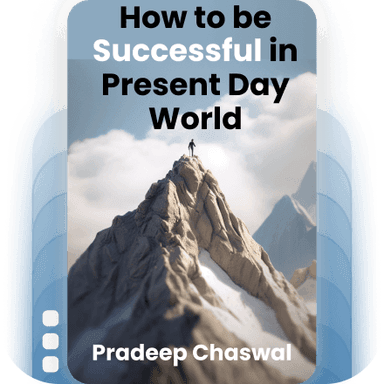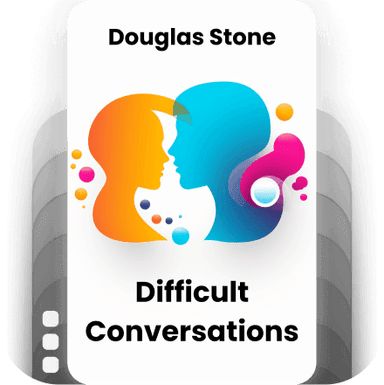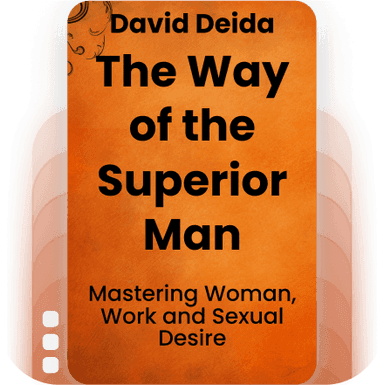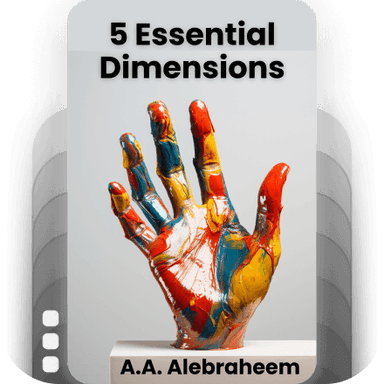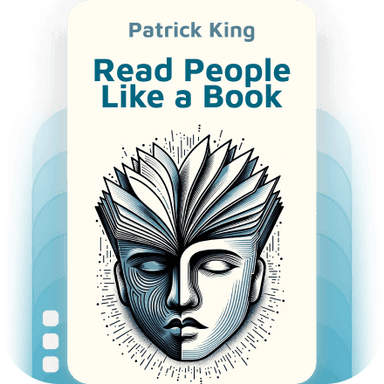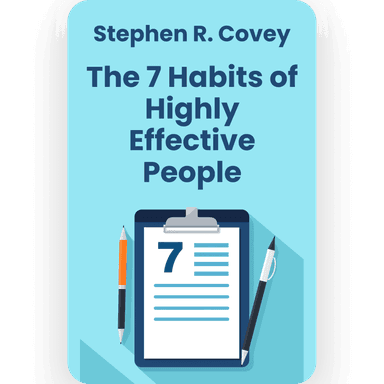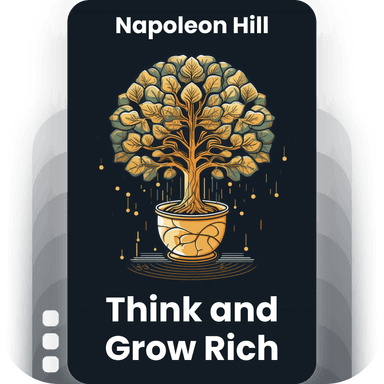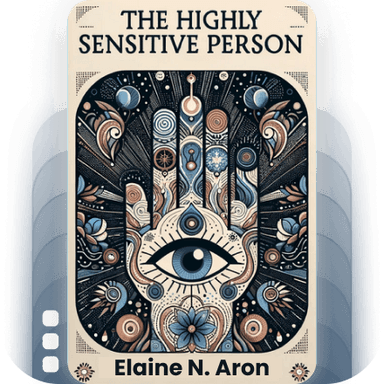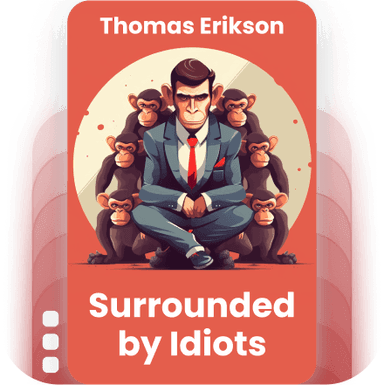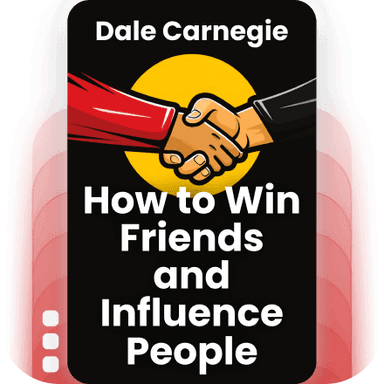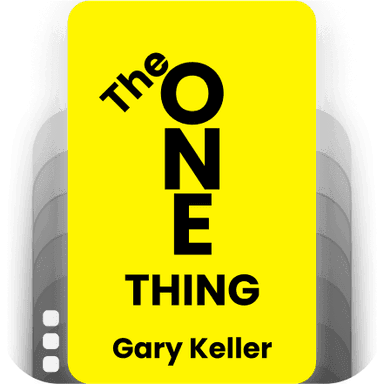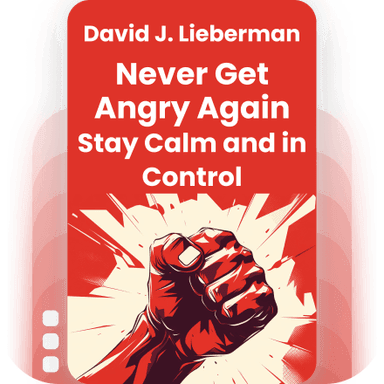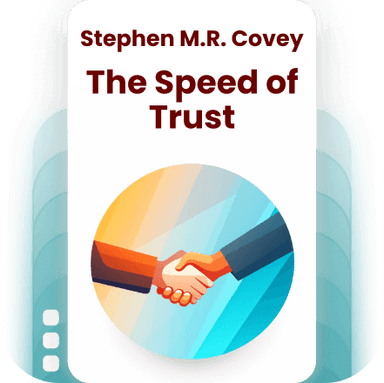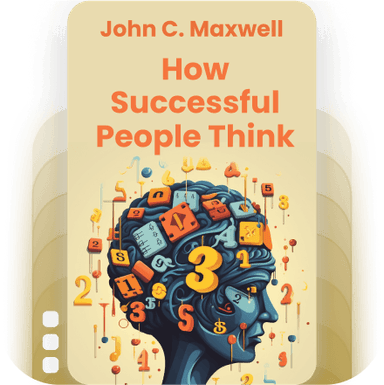
Decisive: How to Make Better Choices in Life and Work
Chip Heath
4.2 - 5 ratings
10
List Points
10
Chapters
5
Topics
Description
Decisive by Chip Heath aims to empower readers with strategies to make more effective decisions in both personal and professional contexts. By exploring common pitfalls in the decision-making process, such as narrow framing, confirmation bias, short-term emotion, and overconfidence, the book provides a comprehensive framework to overcome these obstacles. It introduces a four-step process — widening options, reality-testing assumptions, attaining distance before deciding, and preparing to be wrong — to help individuals and organizations make better, more rational, and ultimately more successful choices.
What will you learn?
In this insightful read, you will discover a comprehensive framework for making more effective decisions by learning how to avoid common cognitive biases and traps. The book presents a four-step process — Widen Your Options, Reality-Test Your Assumptions, Attain Distance Before Deciding, and Prepare to Be Wrong — aimed at enhancing both personal and professional decision-making. You will gain practical tools and strategies to challenge narrow perspectives, seek out diverse viewpoints, and manage uncertainty, ultimately leading to more balanced, informed, and confident choices in various aspects of life and work.
Who’s it for?
• Business professionals seeking to improve their decision-making skills
• Students looking to enhance their problem-solving techniques
• Leaders and managers aiming to make better strategic choices
• Individuals interested in personal development and self-improvement
• Teams wanting to improve group decision dynamics and outcomes
Categories
Key Learning
Available chapters to listen for this topic- 1
Understanding the WRAP Process
Delve into the WRAP framework, which stands for Widen Your Options, Reality-Test Your Assumptions, Attain Distance Before Deciding, and Prepare to Be Wrong; each step designed to aid in making better decisions. - 2
Widen Your Options
Avoid narrow framing by expanding the set of choices available; learn techniques like the Vanishing Options Test and the Multitracking strategy to generate more alternatives. - 3
Reality-Test Your Assumptions
Overcome confirmation bias by seeking out disconfirming evidence; use methods like the Ladder of Inference and conducting small experiments to vet your assumptions. - 4
Attain Distance Before Deciding
Introduce emotional distance to gain perspective; understand the importance of the 10/10/10 framework and how it can help evaluate the long-term impact of your choices. - 5
Prepare to Be Wrong
Embrace the possibility of failure by conducting a pre-mortem analysis and setting tripwires; learn how prudent planning can reduce the impact of potential pitfalls. - 6
Spot the Villains of Decision-Making
Identify and counteract the four Villains of decision-making—Narrow Framing, Confirmation Bias, Short-Term Emotion, and Overconfidence; each villain could derail effective decision-making if unaddressed. - 7
Finding Opportunities in Options
Discover how to accurately identify opportunities and threats in decision scenarios; employ techniques like analogical reasoning to draw useful parallels to past successes and failures. - 8
Overcoming Groupthink
Learn to foster independent thinking in teams and avoid the pitfalls of groupthink; study approaches like the Six Thinking Hats and the Devil's Advocate to ensure diverse viewpoints are considered. - 9
The Power of Checklists
Realize the importance of structured decision-making processes; employ checklists as a practical tool for ensuring all crucial factors are considered and common oversights are avoided. - 10
Incorporating Feedback and Learning
Emphasize the cycle of feedback by continuously refining decision-making skills; learn to incorporate lessons from past decisions and adjust your approach to cultivate better strategies over time.
